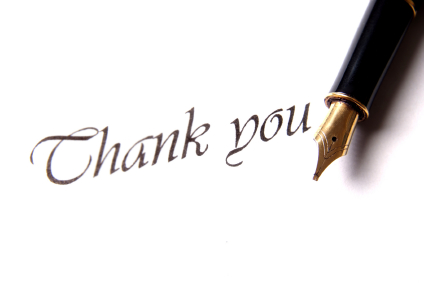Natural Herb or Formula Supplement
Chinese herbology (中药学) is the theory of traditional Chinese herbal therapy, which accounts for the majority of treatments in traditional Chinese medicine(TCM).
The first traditionally recognized herbalist is Shénnóng (神农), a mythical god-like figure, who is said to have lived around 2800 BC. He allegedly tasted hundreds of herbs and imparted his knowledge of medicinal and poisonous plants to farmers. His Shénnóng Běn Cǎo Jīng (神农本草经, Shennong's Materia Medica) is considered as the oldest book on Chinese herbal medicine. It classifies 365 species of roots, grass, woods, furs, animals and stones into three categories of herbal medicine.
• There are roughly 13,000 medicinals used in China and over 100,000 medicinal recipes recorded in the ancient literature. Plant elements and extracts are by far the most common elements used.In the classic Handbook of Traditional Drugs from 1941, 517 drugs were listed - out of these, only 45 were animal parts, and 30 were minerals. For many plants used as medicinals, detailed instructions have been handed down not only regarding the locations and areas where they grow best, but also regarding the best timing of planting and harvesting them.
• Each herbal medicine prescription is a cocktail of many substances, usually tailored to the individual patient.
• Typically, one batch of medicinals is prepared as a decoction, which includes one or two main ingredients that target the illness. Then other ingredients are added to adjust the formula to the patient's individual disease pattern. Ingredients are also added in order to cancel out toxicity or side-effects of the main ingredients; on top of that, some medicinals require the use of other substances as catalysts. Overall, the balance and interaction of all the ingredients are considered more important than the effect of a single ingredients.
• Chinese patent medicine (traditional Chinese: 中成藥) is a kind of traditional Chinese medicine. They are standardized herbal formulas.
• Chinese herbal extracts ( well know as concentrated herbs ) are herbal decoctions that have been condensed into a granular or powdered form. Herbal extracts, similar to patent medicines, are easier and more convenient for patients to take. The industry extraction standard is 5:1, meaning for every five pounds of raw materials, one pound of herbal extract is derived.
• There are over three hundred herbs that are commonly being used today. Some of the most commonly used herbs are Ginseng (人参), wolfberry (枸杞子), Dong Quai ( 当归) astragalus (黄耆), atractylodes (白术), bupleurum (柴胡), cinnamon (cinnamon twigs (桂枝) and cinnamon bark (肉桂)),coptis (黄莲), ginger (姜), hoelen (茯苓), licorice (甘草) ephedra sinica (麻黄peony (white: 白芍 and reddish: 赤芍rehmannia (地黄), rhubarb (大黄), and salvia (丹参).
Picture of herbs
 |
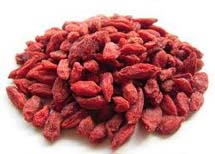 |
 |
Ginseng (人参), Wolfberry (枸杞子), Dong Quai ( 当归)
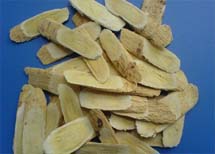 |
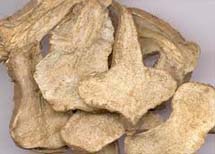 |
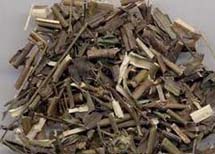 |
Astragalus (黄耆), Atractylodes (白术), Bupleurum (柴胡)
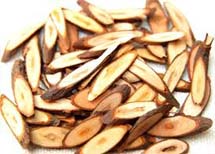 |
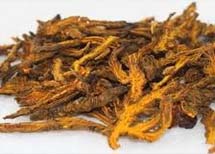 |
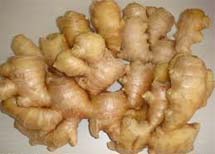 |
Cinnamon (cinnamon twigs 桂枝),Coptis (黄莲), Ginger (姜)
Call or text 310-316-5707 for a Free Initial Medical Evaluation










